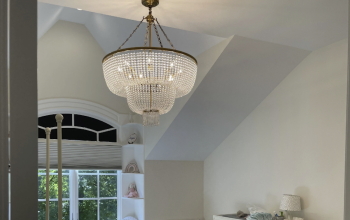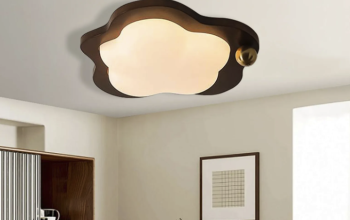Introduction
Japan is known for its rich culture and artistic expressions, and one of the emerging trends is the use of light installations to showcase the country’s beauty. Japanese light installations are elaborate art pieces that use light to tell a story, evoke emotions, or create a sense of wonder. These installations are found in various places, including parks, museums, and public spaces, and they have become popular tourist attractions. In this article, we explore the history of Japanese light installations, their significance in Japan’s art culture, and some of the notable installations you must see.
The History of Japanese Light Installations
The history of Japanese light installations can be traced back to the Edo period (1603-1868) when paper lanterns were used to light up the streets during the night. The paper lanterns had intricate designs, and they were used to promote businesses and festivals. The use of lanterns in festivals is still a popular tradition in Japan, with festivals like the Tokyo Ramen Show and the Kobe Luminarie featuring elaborate lantern installations.
In the 20th century, the use of electric lights became widespread in Japan. This led to the emergence of light art, with artists using electric bulbs to create installations that experimented with light and space. One of the pioneers of light art was Tatsuo Miyajima, who used LED lights to create installations that reflected on time and the balance of life. Miyajima’s works have been featured in various museums around the world, including the Museum of Contemporary Art in Chicago.
The Significance of Japanese Light Installations in Japan’s Art Culture
Japanese light installations have become a significant part of Japan’s contemporary art culture. They are seen as a representation of Japan’s technological advancements, creativity, and innovation. The installations also showcase Japan’s approach to art, which is focused on creating an experience that engages all the senses.
Japanese light installations have also become an essential part of Japan’s tourism industry. People from all over the world travel to Japan to experience the installations, which have become a symbol of modern Japanese art. The installations have also created opportunities for artists and designers, with many companies commissioning artists to create installations for their events and promotions.
Notable Japanese Light Installations You Must See
1. TeamLab Borderless: TeamLab Borderless is an interactive digital art museum located in Tokyo. The museum features various installations with colorful LED lights, projections, and interactive exhibits. One of the most popular installations is the Forest of Lamps, which features thousands of LED lights that change colors.
2. Kobe Luminarie: Kobe Luminarie is an annual light festival held in Kobe to commemorate the Great Hanshin Earthquake of 1995. The festival features various light installations that showcase Kobe’s resilience and hope. One of the most popular installations is the Tower of Light, which features a 60-meter-tall structure made of light tubes.
3. Sagamiko Illumination: Sagamiko Illumination is an annual light festival held in Sagamiko Pleasure Forest in Kanagawa. The festival features various installations with millions of LED lights, including a tunnel of lights and a giant sparkling tree.
Japanese light installations have become an essential part of Japan’s contemporary art culture and a symbol of the country’s innovative spirit. These installations have a rich history and showcase Japan’s approach to art, which is focused on creating an experience that engages all the senses. They have become popular tourist attractions and have created opportunities for artists and designers. The notable installations mentioned in this article are just a few examples of the various light installations you can experience in Japan, which are sure to leave a lasting impression.




